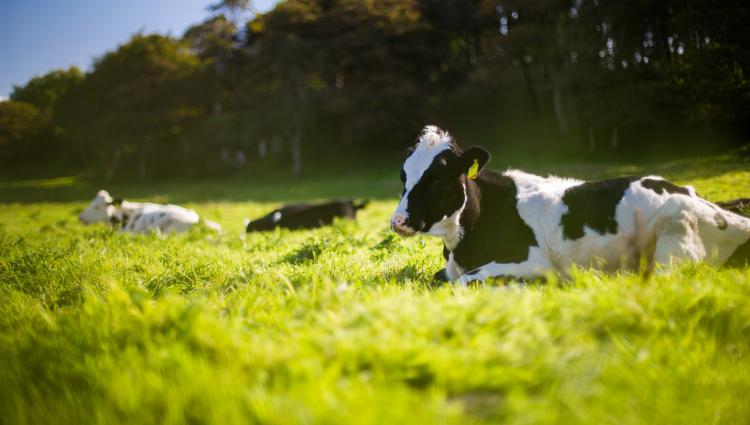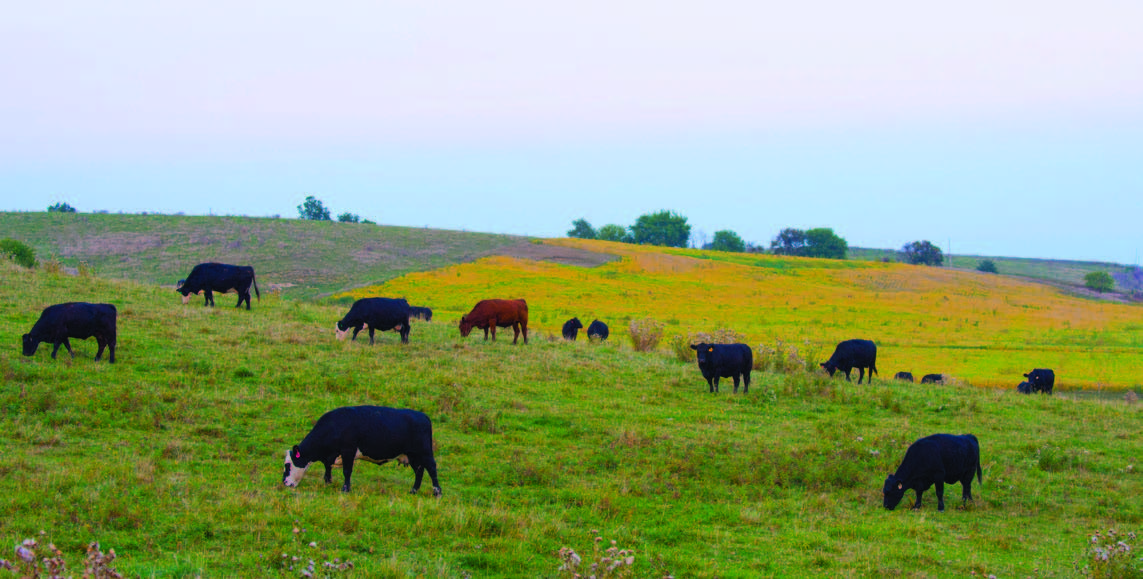Bagley Risk Management : Safeguarding Your Service Future
Bagley Risk Management : Safeguarding Your Service Future
Blog Article
Understanding Livestock Risk Protection (LRP) Insurance Coverage: A Comprehensive Guide
Browsing the realm of animals threat security (LRP) insurance can be an intricate venture for numerous in the farming field. This sort of insurance policy offers a safeguard versus market changes and unanticipated conditions that might influence livestock manufacturers. By understanding the ins and outs of LRP insurance policy, producers can make enlightened decisions that may safeguard their procedures from monetary risks. From exactly how LRP insurance works to the different insurance coverage options offered, there is much to discover in this comprehensive overview that can possibly shape the way animals manufacturers come close to risk management in their services.

How LRP Insurance Works
Periodically, comprehending the mechanics of Livestock Threat Defense (LRP) insurance can be complex, but damaging down exactly how it works can give clarity for farmers and breeders. LRP insurance is a danger monitoring tool designed to protect animals producers versus unforeseen rate declines. The policy enables manufacturers to set a coverage degree based upon their certain needs, choosing the number of head, weight range, and protection price. As soon as the policy is in area, if market costs drop listed below the coverage cost, producers can submit an insurance claim for the difference. It's essential to keep in mind that LRP insurance policy is not an income warranty; rather, it concentrates entirely on cost threat protection. The protection duration commonly ranges from 13 to 52 weeks, giving adaptability for producers to select a period that straightens with their manufacturing cycle. By using LRP insurance, farmers and ranchers can alleviate the economic threats associated with varying market value, ensuring greater security in their procedures.
Qualification and Protection Options

When it involves coverage choices, LRP insurance supplies producers the adaptability to choose the protection degree, coverage period, and recommendations that best fit their danger monitoring needs. Insurance coverage degrees normally vary from 70% to 100% of the expected finishing value of the insured livestock. Manufacturers can also pick insurance coverage durations that align with their production cycle, whether they are guaranteeing feeder livestock, fed livestock, swine, or lamb. Endorsements such as price danger defense can even more personalize protection to protect versus adverse market fluctuations. By comprehending the qualification standards and insurance coverage options readily available, animals manufacturers can make enlightened decisions to manage risk properly.
Advantages And Disadvantages of LRP Insurance Coverage
When examining Livestock Threat Defense (LRP) insurance policy, it is crucial for animals producers to weigh the advantages and drawbacks intrinsic in this danger management tool.

One of the main benefits of LRP insurance is its ability to supply security against a decline in livestock costs. Furthermore, LRP insurance policy uses a degree of adaptability, permitting producers to personalize insurance coverage degrees and plan durations to fit their certain demands.
However, there are additionally some drawbacks to think about. One restriction of LRP insurance policy is that it does not shield versus all kinds of threats, such as condition episodes or all-natural catastrophes. Moreover, premiums can occasionally be costly, especially for manufacturers with large livestock herds. It is essential for producers to carefully assess their specific danger exposure and economic scenario to establish if LRP insurance is the right danger administration tool for their procedure.
Understanding LRP Insurance Policy Premiums

Tips for Making The Most Of LRP Benefits
Taking full advantage of the advantages of Livestock Threat Protection (LRP) insurance coverage calls for calculated preparation and aggressive risk administration - Bagley Risk Management. To make the most of your LRP protection, think about the adhering to suggestions:
Consistently Assess Market Conditions: Stay informed regarding market fads and cost variations in the animals sector. By keeping track of these variables, you can make informed decisions about when to purchase LRP protection to shield versus possible losses.
Set Realistic Protection Levels: When selecting protection degrees, consider your production costs, market worth of livestock, and possible threats - Bagley Risk Management. Setting reasonable insurance coverage degrees guarantees that you are properly secured without overpaying for unneeded insurance
Expand Your Insurance Coverage: As opposed to depending exclusively on LRP insurance, think about diversifying your risk administration approaches. Incorporating LRP with various other threat management tools such as futures agreements or choices can provide detailed protection versus market uncertainties.
Evaluation and Change Insurance Coverage Regularly: As market problems alter, periodically assess your LRP protection to ensure it straightens with your present risk exposure. Readjusting protection levels and timing of purchases can aid enhance your risk defense strategy. By adhering to these ideas, you can make best use of the benefits of LRP insurance coverage and secure your animals operation versus unexpected threats.
Conclusion
Finally, animals threat security (LRP) insurance is an important device for farmers to manage the monetary threats connected with their animals procedures. By recognizing exactly how LRP functions, qualification and insurance coverage options, along with the advantages and disadvantages of this insurance policy, farmers can make educated choices to protect their source of incomes. By thoroughly taking into consideration LRP premiums and executing methods to optimize advantages, farmers can mitigate prospective losses and make certain the sustainability of their operations.
Livestock producers interested in obtaining Animals Threat Defense (LRP) insurance can check out a range of eligibility requirements and protection alternatives customized to their particular livestock operations.When it comes to insurance coverage choices, LRP insurance offers producers the versatility to select the great site insurance coverage level, protection period, and endorsements that ideal match their threat monitoring requirements.To grasp the ins and outs of Animals Danger Protection (LRP) insurance fully, understanding the factors influencing LRP insurance costs is crucial. LRP insurance policy premiums are determined by various elements, including the coverage degree selected, the expected price of animals at the end of the insurance coverage period, the type of livestock being guaranteed, and the length of the insurance coverage duration.Testimonial and Change Insurance Coverage Routinely: As market problems alter, periodically review your LRP coverage to guarantee it lines up with your existing danger exposure.
Report this page